
After settling on a good handload, a thought in almost every handloader’s mind is, “How will barrel length affect velocity?” Over the years I’ve seen many tests done on this question, with the most technical being when a rifle or handgun has its barrel shortened incrementally an inch at a time and chronographing done accordingly.
Recently, while sitting and admiring my modest collection of Colt SAAs, the realization struck that I had no less than four each of .44-40s and .45 Colts with different barrel lengths. And that gave me the inspiration to shoot each set of four single actions on the same day, under the same conditions with identical handloads. Naturally, this sort of informal “test” would prove nothing in the big picture, but it would satisfy my own curiosity.
The Colt SAA .45s to be used had 4¾-, 5½-, 7½- and 12-inch barrel lengths. The three shorter lengths were all of Third Generation production. The 12-inch barreled “Buntline” was of Second Generation. In the .44-40 group, the 3-, 4¾- and 7½-inch barrel lengths were again all Third Generation. The one with a 5½-inch barrel was a “mixmaster” consisting of a Second Generation frame and grip frame, a First Generation .44-40 barrel with a Third Generation .44-40 cylinder.
This story is from the {{IssueName}} edition of {{MagazineName}}.
Start your 7-day Magzter GOLD free trial to access thousands of curated premium stories, and 9,000+ magazines and newspapers.
Already a subscriber ? Sign In
This story is from the {{IssueName}} edition of {{MagazineName}}.
Start your 7-day Magzter GOLD free trial to access thousands of curated premium stories, and 9,000+ magazines and newspapers.
Already a subscriber? Sign In

OEHLER's New System 89 Chronograph
Measuring Bullet Performance Downrange
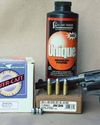
The Problem with Low Pressure Loads
Bullets & Brass
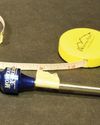
Measurements for Rifle Handloading
Handy Techniques for Accurate Ammunition
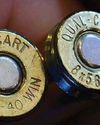
THE BRASS RING
In Range
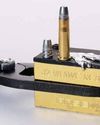
Semi-custom Bullet Moulds
Mike's Shoot in' Shack
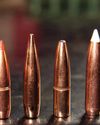
REVISITING THE 6.5 -06 A-SQUARE
Loading New Bullets and Powders
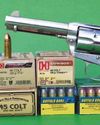
Cimarron Stainless Frontier .45 Colt
From the Hip
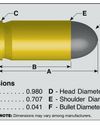
9x18mm Makarov
Cartridge Board

Alliant 20/28
Propellant Profiles
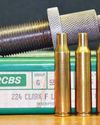
.224 Clark
Wildcat Cartridges